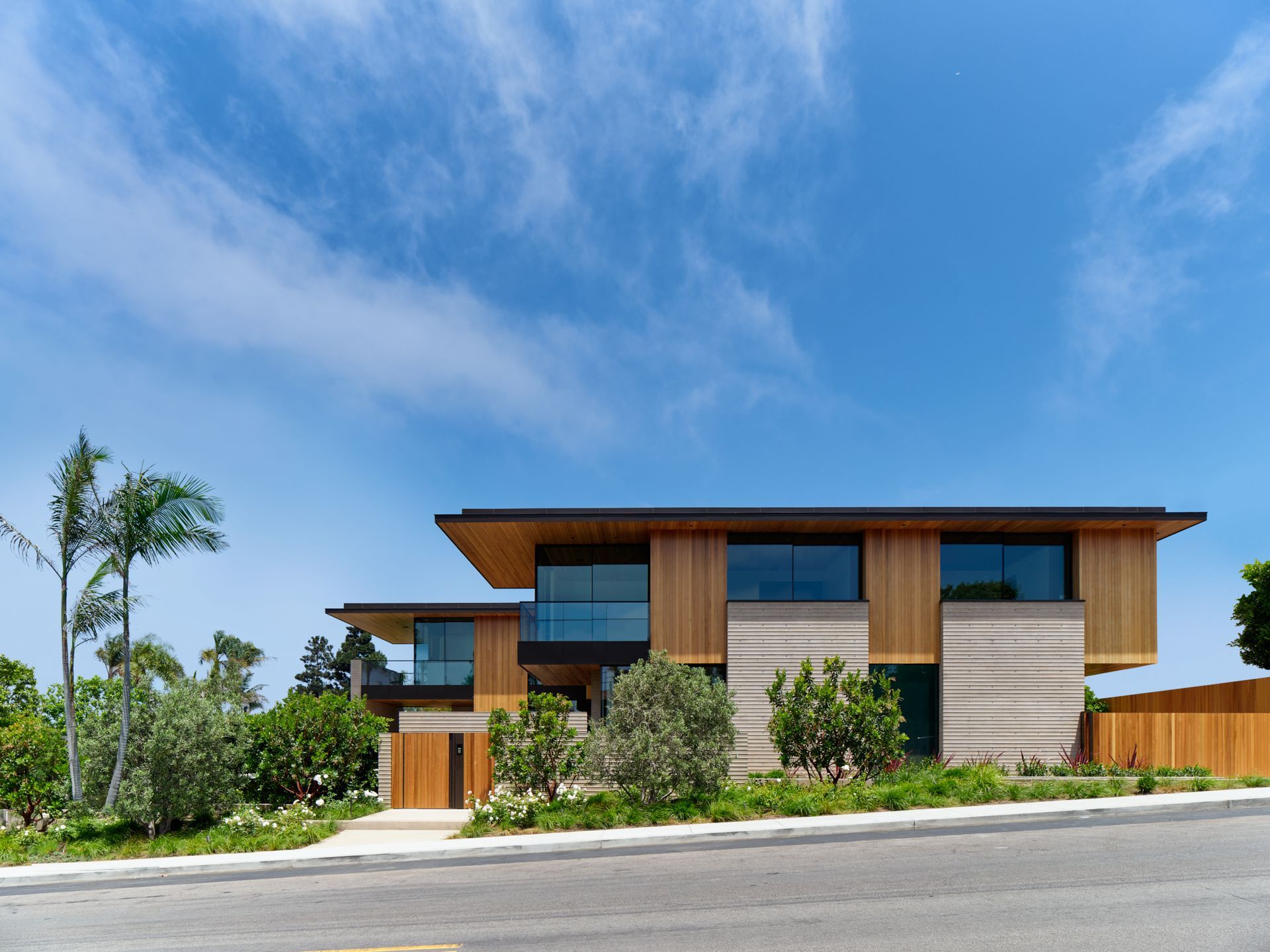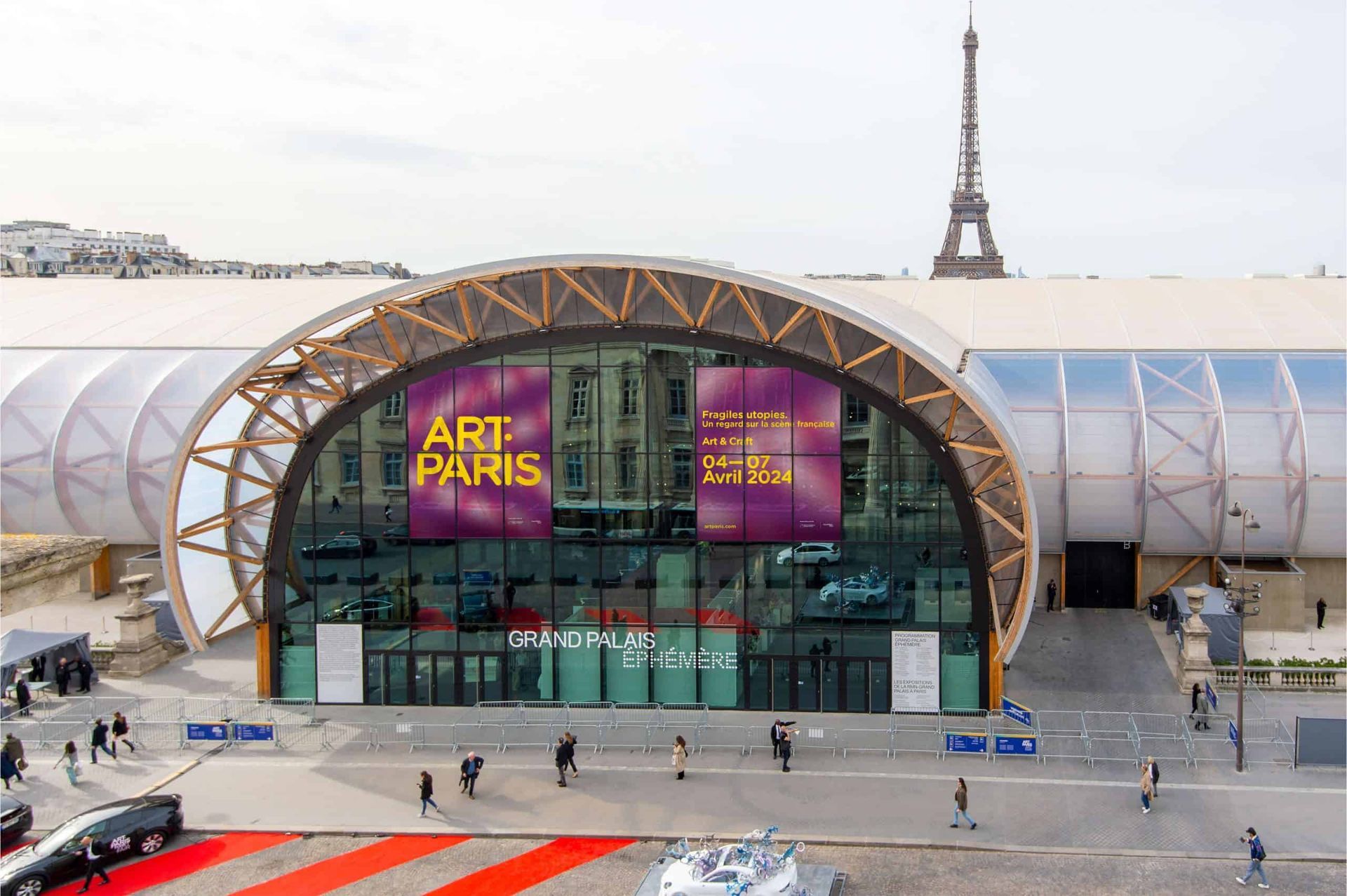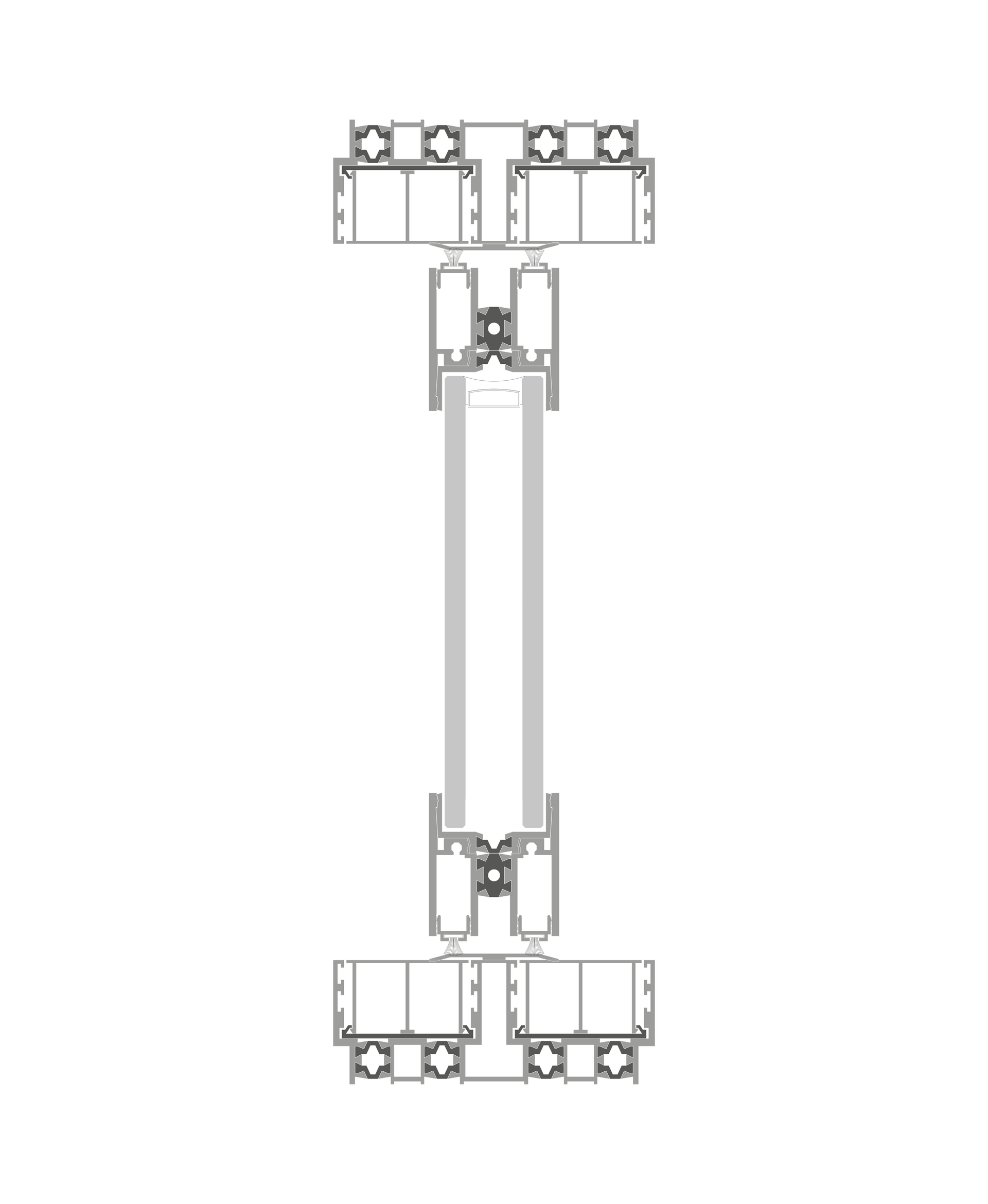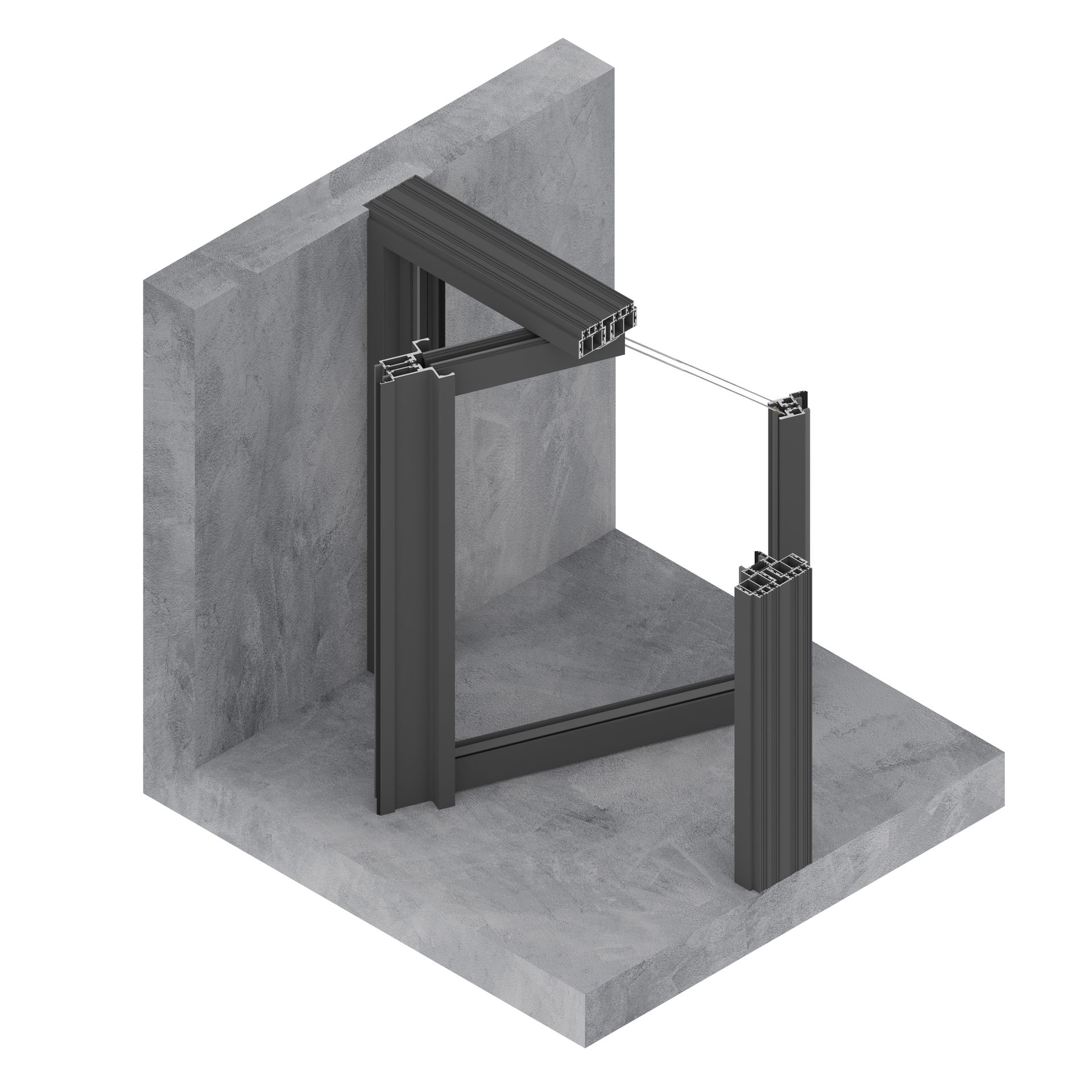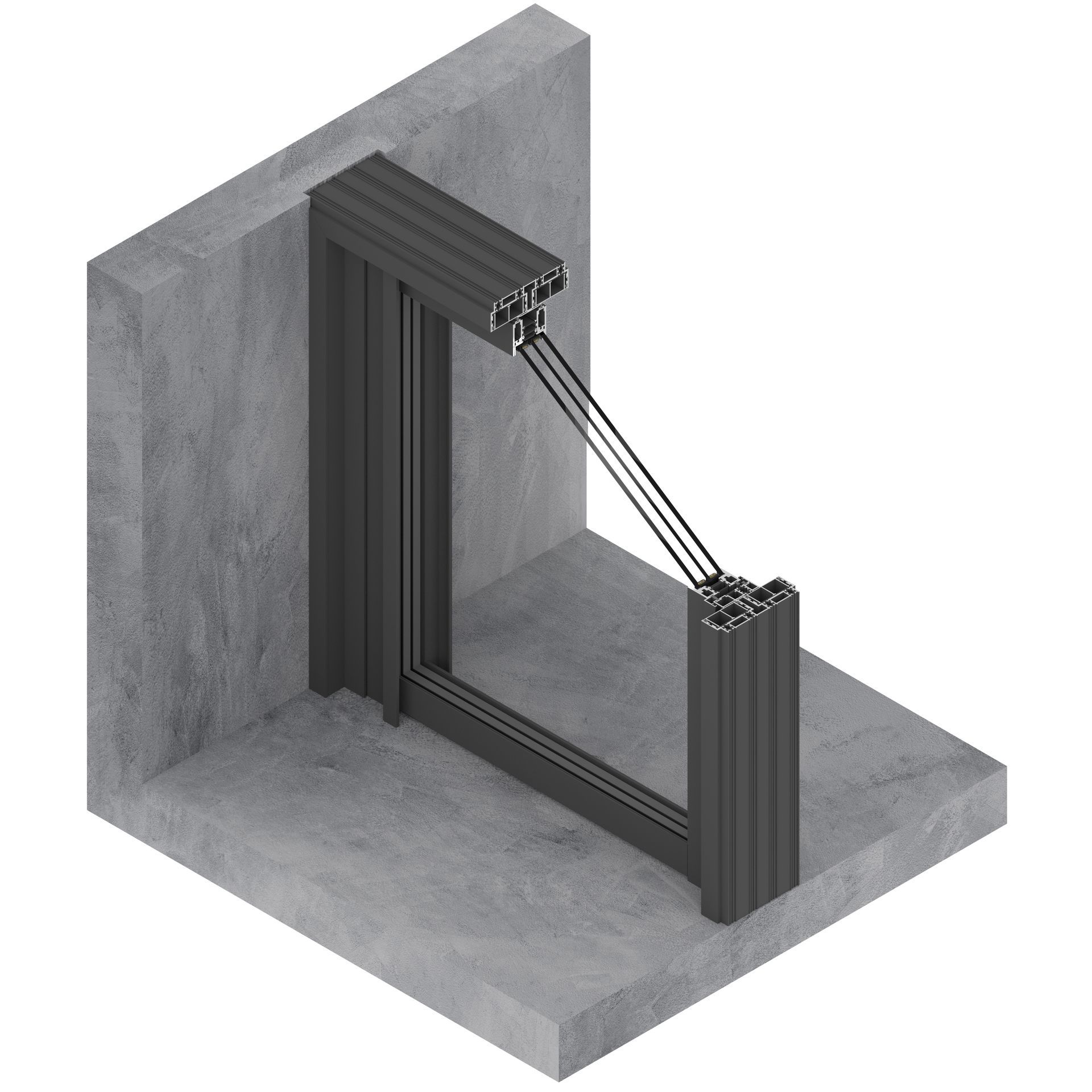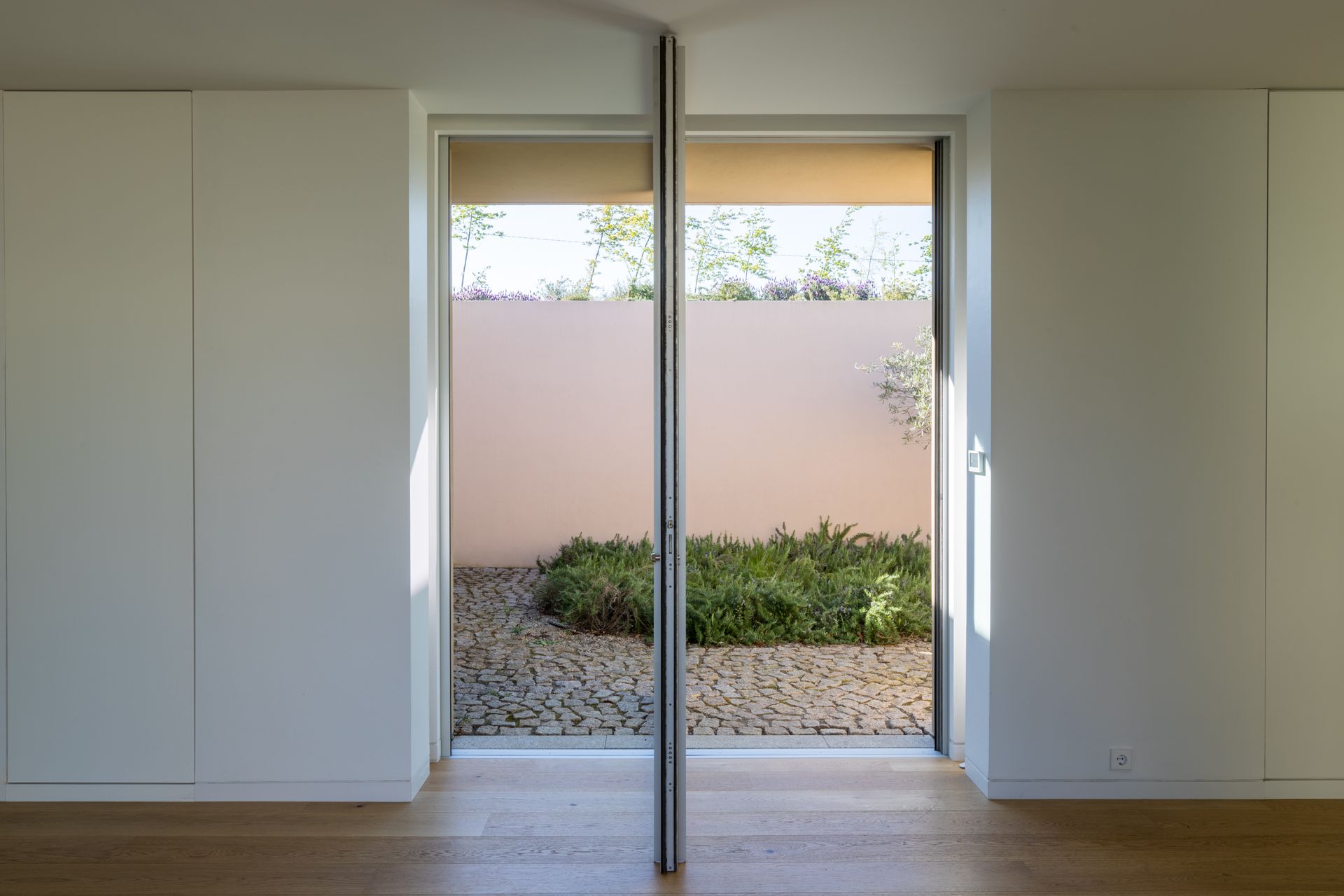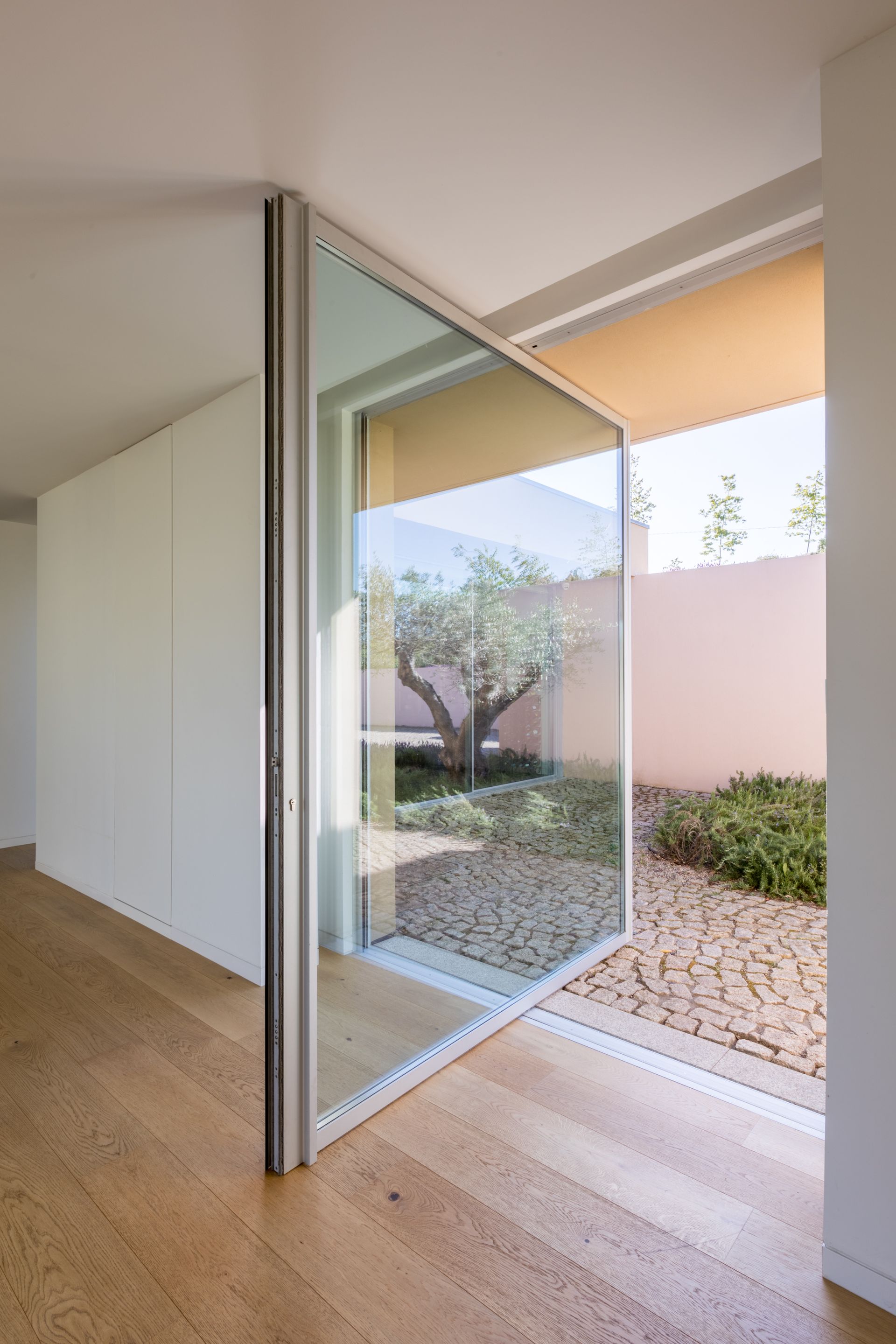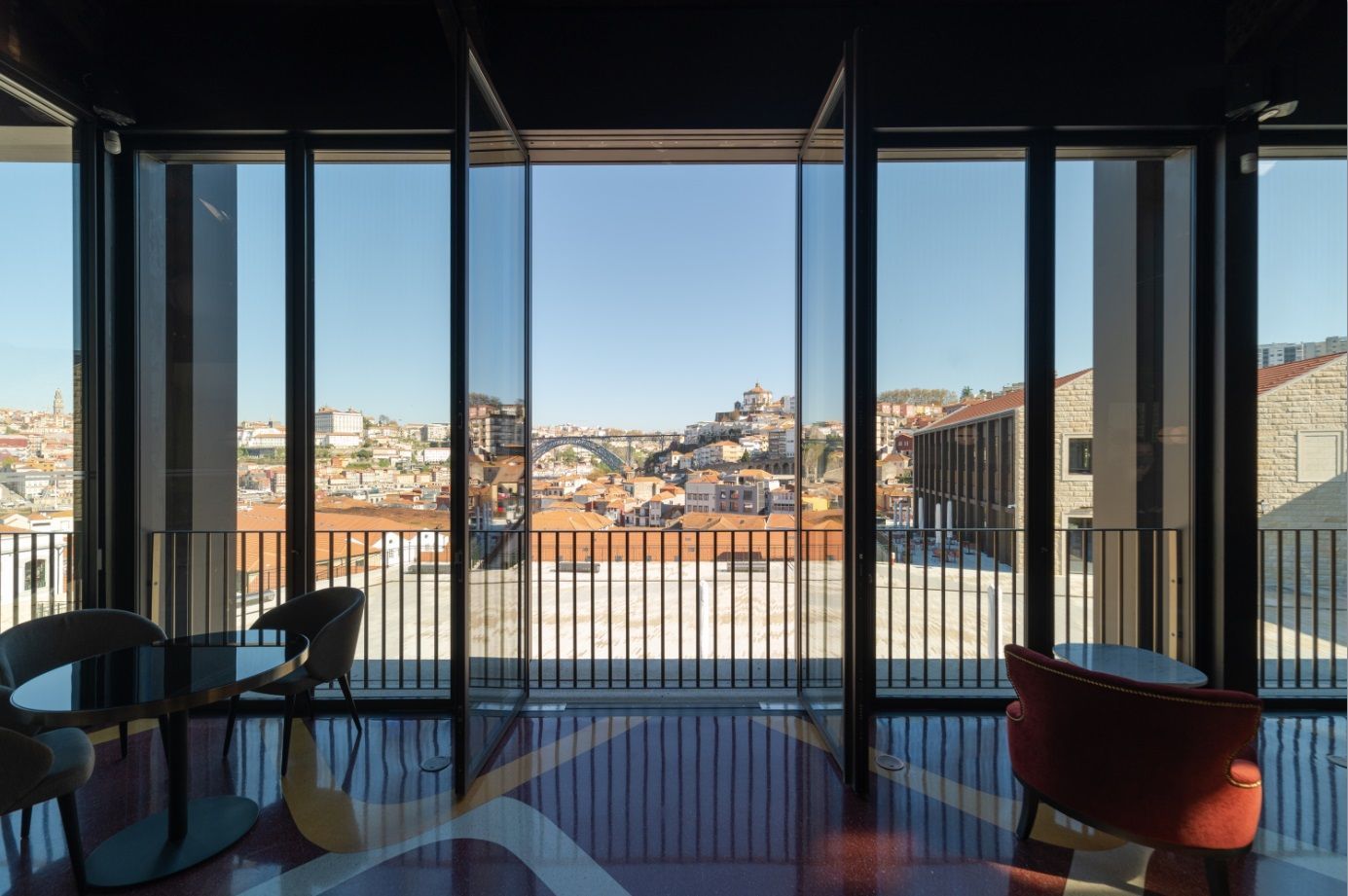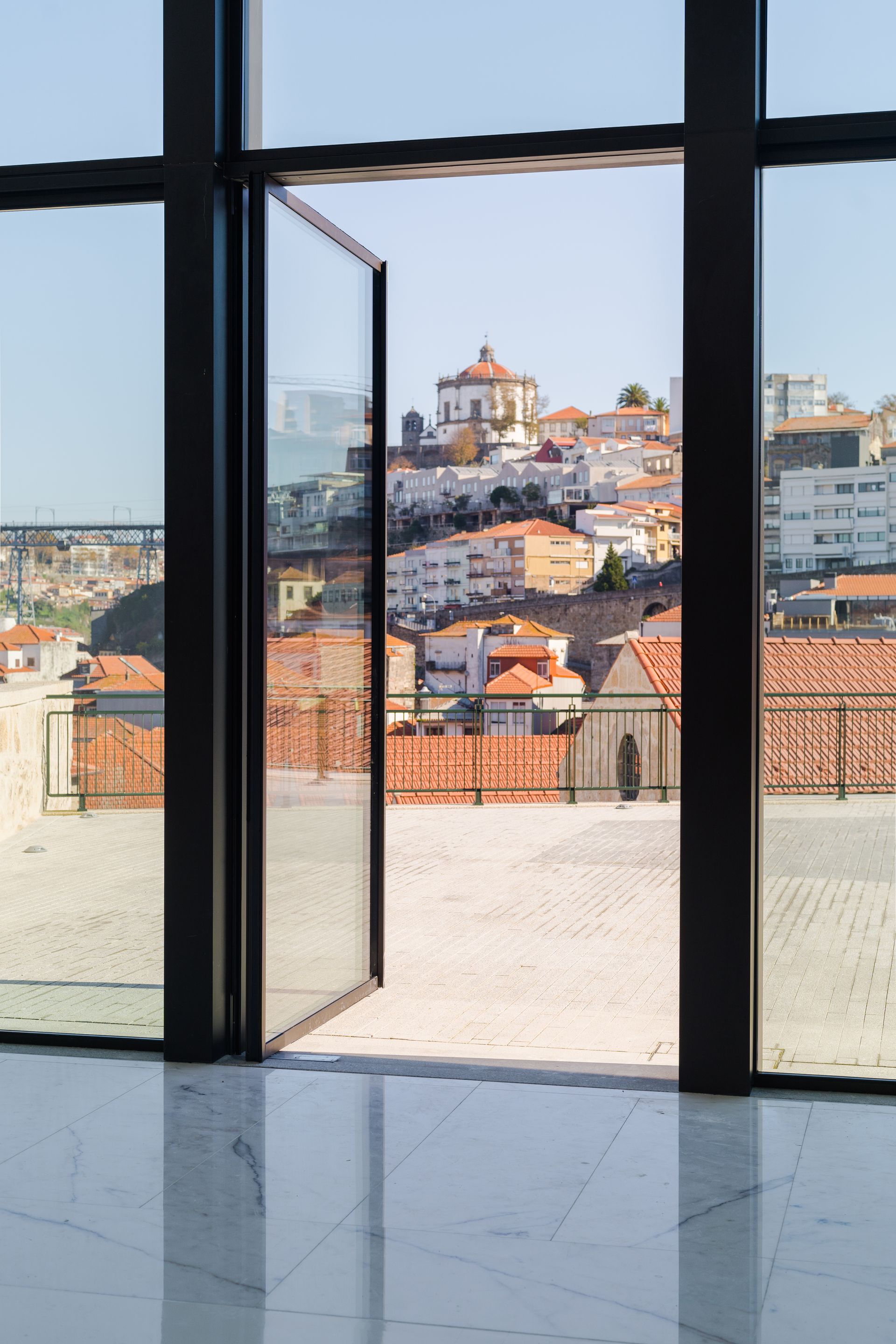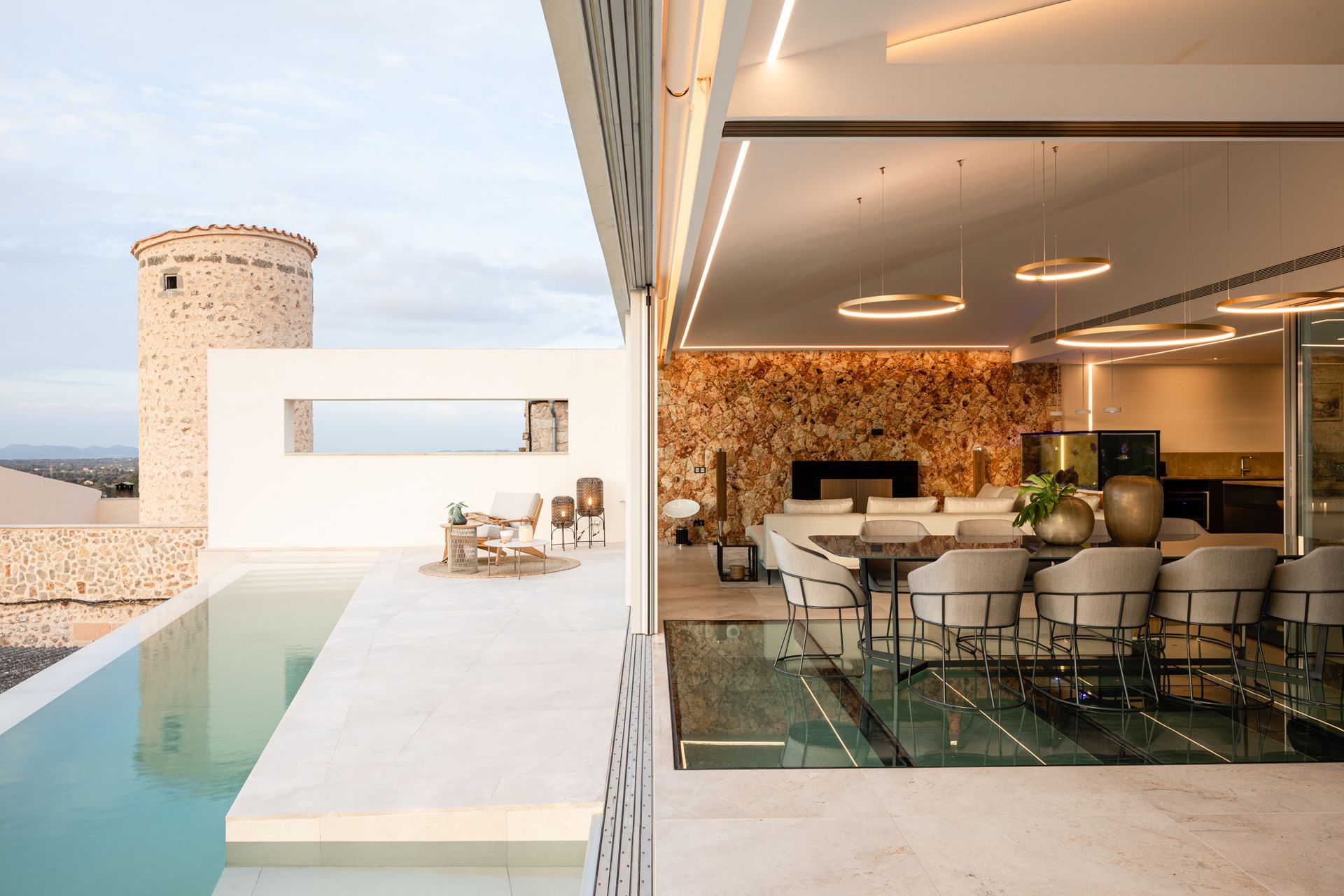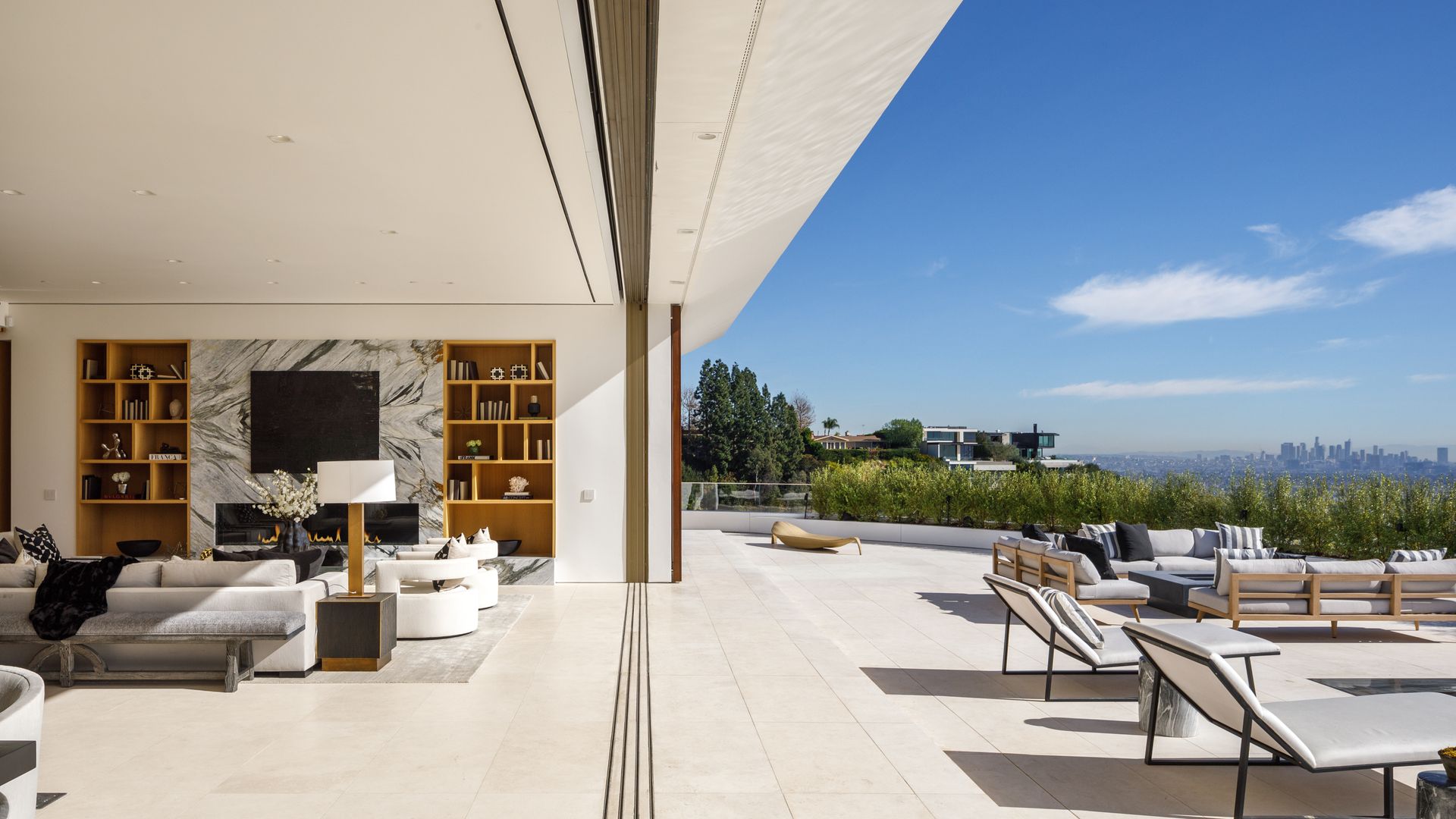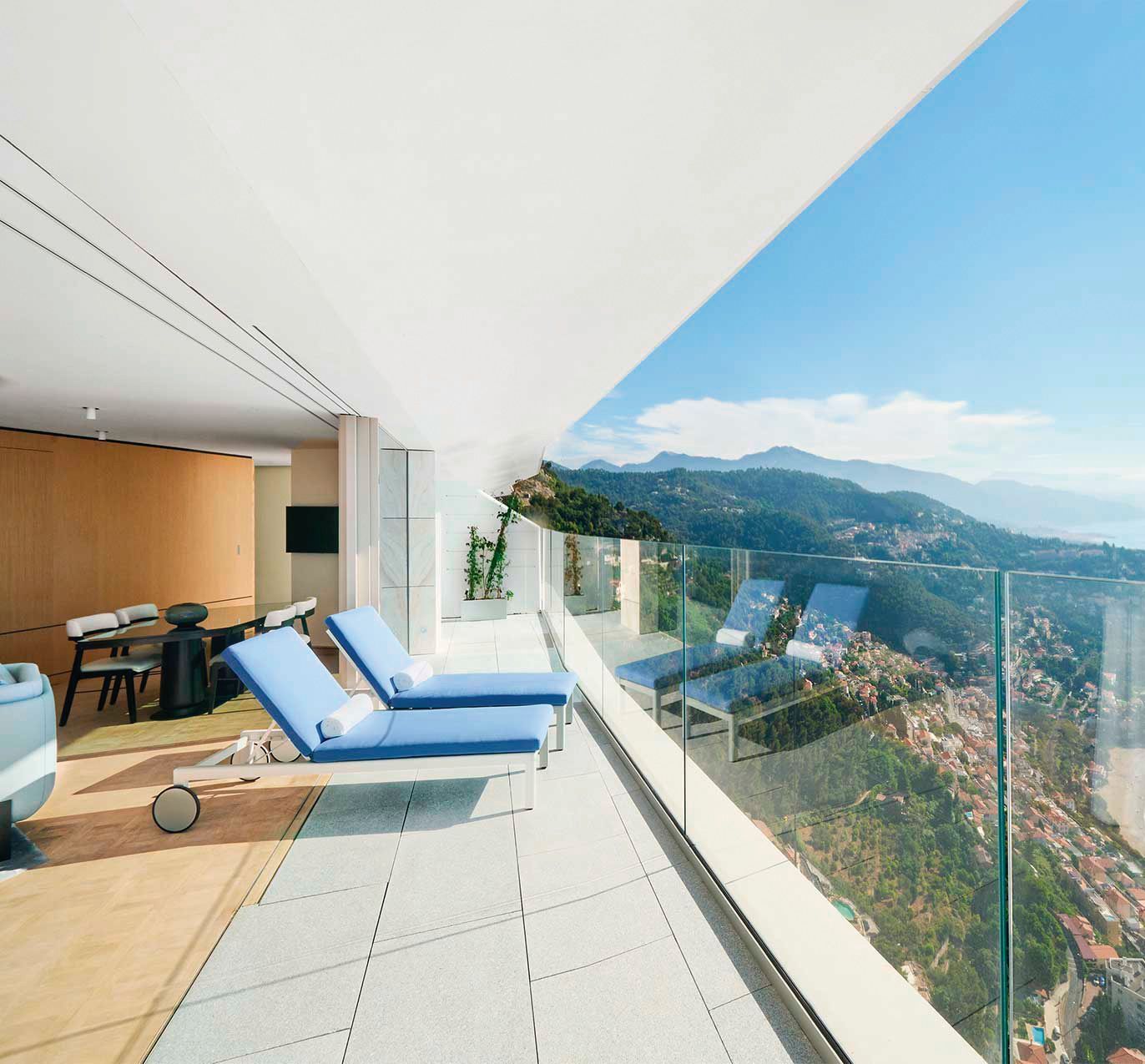OTIIMA
Pivot
OTIIMA PIVOT system enhance stunning looks and contemporary style in every space.
FEATURES
Description
The imperceptible motors are integrated into the pivot hinge, on the top and bottom side of the door allowing it to rotate on the vertical axis effortlessly. In terms of functionality and aesthetics, there is an absolute combination: the hands-free pivot door is suitable for countless types of placements for both interior, and exterior situations, and there are no limitations. This system adds extra attention to safety thanks to the self-closing function, in an elegant, smooth motion to its closed position after being opened.
Performance
OTIIMA PIVOT offers clients a more broad range of operable door types. Often used as an entry door or a wall of doors. Multiple laminated glass options are available when noise reduction and/or impact performance is desired.
Series
Available in 38 and 54 series.
Configurations
Available configurations include single and multi-panel, inward/outward opening and manually operated or automated pivot doors. Each door type can be mulled to fixed windows or window walls for facade applications.
See more
Latest News
